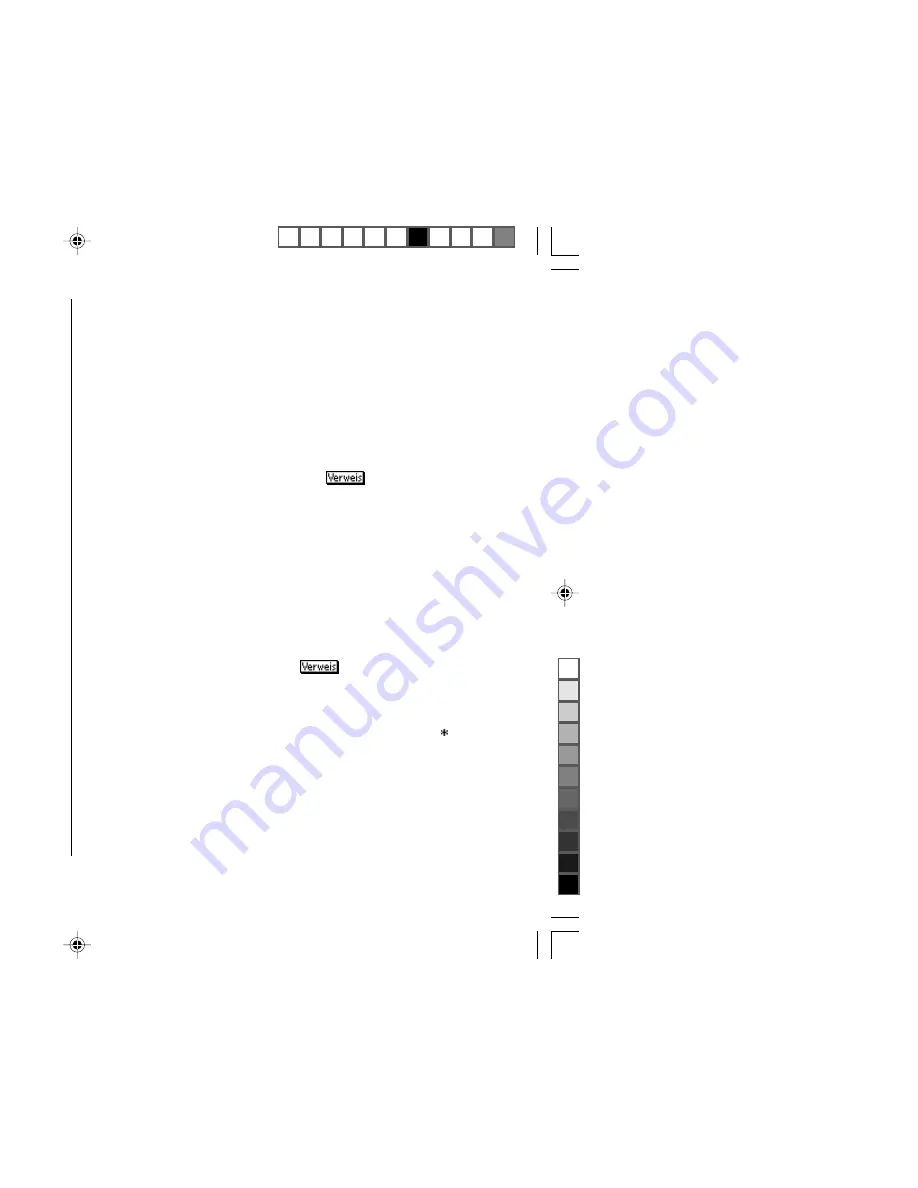
48
Opposites
Many synonym sets are followed by one or more words that have the opposite
meaning from the headword, often called 'antonyms'. There are several different
kinds of antonym.
True and false are absolute antonyms, with no middle ground.
Logically, a statement is either true or false, but cannot be slightly true or rather
false.
Hot and cold, on the other hand, are antonyms with gradations of meaning: it
makes perfectly good sense to say that something is rather hot or very cold, and
there are a number of words (
warm, tepid, cool) which represent intermediate
stages. It makes sense to ask about something "How hot is it?" but that commits
the speaker to the notion that it is hot at least to some extent. So
hot and cold are
at opposite ends of a continuum, rather than being absolutes.
For many words, there is no single word that counts as an antonym, but there may
be a phrase that gets the opposite meaning across. For example, what is the
opposite of
senile? There is no exact antonym, but the phrase in the prime of life
gets the opposite meaning across. In this title the broadest possible definition has
been adopted, giving the maximum amount of information to the user. In some
cases, a phrasal antonym is given for a phrasal subentry, e.g.
bottle things up as an
antonym for
let off steam.
The antonyms given in this thesaurus are not the only possible opposites, but they
are usually the furthest in meaning from the headword. By looking up the 'opposite'
word as an entry in its own right, the user will generally find a much larger range of
antonyms to choose from. For example, at the entry for
delete the user will find:
-OPPOSITE(S) add, insert.
Both
add and insert are entries in their own right.
Related terms
A special feature of
NOTE is that it gives not only synonyms and opposites but also
other related terms, especially for concrete nouns such as
milk (where lactic is not
a synonym, but a word with a related meaning) and
town (municipal, urban, and
oppidan). There are two types of related words: the first are adjectives which
usually mean 'relating to' the headword but have a different origin (e.g.
lactic for
milk) and which may therefore not spring to mind as quickly as a straightforward
derivative such as
milky. The second type is typically a word very closely associated
with the headword, but with a different meaning. For example, a related word may
denote a part of the thing denoted by the headword, or it may denote a particular
form of this thing. Thus, at
barrel, the related words given are cooper, stave, and
hoop - a maker of barrels, and two important components of a barrel.
Combining forms
Combining forms are given after related terms. These are very similar to the first
kind of related terms, but in the form of a prefix or suffix that is used in combination
with other elements, e.g.
oeno- with the sense 'wine', as in oenology, or -vorous
with the sense 'eat', as in
carnivorous.
Awkward synonyms and confusables (
)
One thing a plain list of synonyms cannot do is help the user choose between them
by describing their nuances and connotations. For instance, the words
blunt,
candid, forthright, frank, and outspoken are all given as synonyms of each other,
because they all have roughly the same meaning. But there are subtle differences.
This set comprises one of the 120 studies of 'Awkward Synonyms' in the
New
Oxford Thesaurus of English, devoted to explaining the differences in meaning
between close synonyms. The distinctions are based on careful analysis of actual
usage as recorded in the British National Corpus, and examples of typical usage
are given, selected from the British National Corpus and the citation collection of
the Oxford Reading Programme.
The other type of article displayed as a note (
), 'Confusables', compares
words which may cause difficulty for the opposite reason to 'awkward synonyms': they
are usually similar in form, as are
militate and mitigate, and sometimes even
pronounced the same, as are
principal and principle, but are very different in meaning.
(Where an entry includes a link to either type of usage note, an asterisk ( ) is
displayed at the top of the entry.)
Summary of Contents for PW-E310
Page 20: ...ord Englisch nrätsel zu sen wird eöffnet t ein oder gramm uf den ...
Page 24: ...ord men zu Deutsch nrätsel zu sen wird eöffnet ein oder gramm uf den ...
Page 68: ...s found in glisch then rterbuch b to ...
Page 72: ...s found in eutsch en press rterbuch b to ...
Page 83: ... g C E m i n Ó ...
Page 84: ...RP CORPORATION PRINTED IN CHINA GEDRUCKT IN CHINA 04CGK TINSZ0742EHZZ ...
















































